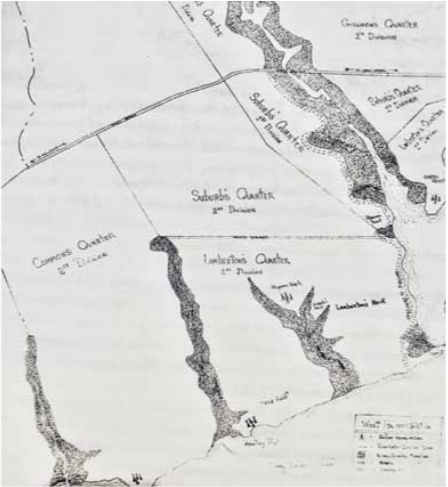By Dan Shine
Voice Columnist
Four Centuries of West Haven Green
Part One
See – Part 2, Part 3, Part 4, Part 5, Part 6, Part 7 or Part 8
This is the first in a series that will touch on the 400-plus year history of West Haven’s Green

Most of us take it for granted. From summertime concerts at its bandstand to simply relaxing on a park bench, we all enjoy the West Haven Green as a little oasis amid the hustle and bustle of our busy lives. Next time you are on the Green, try closing your eyes. Feel the breeze across your face and realize that this ancient place harbors secrets of our past when West Haven – and a good portion of Connecticut – was once the land of the Quinnipiac, a Native American nation of the Algonquian people, who made their annual sojourn to nearby shores to fish, farm, and even play by the ocean.
All that changed in 1638. With the arrival of English Puritans seeking a place to build their “city upon a hill,” they purchased lands from the Quinnipiac that roughly equate to the size of modern day New Haven County. By 1641, the industrious Puritans built a bridge over the West River bringing settlers into what they called “West Farms” for the first time. The General Court of New Haven then formalized the settlement of West Farms by creating four large sections, or quarters, for land distribution to settlers based on their social standing in the new colony of New Haven.
It did not take long for the newcomers to find that the best land for farming was situated along what is today the Jones Hill area and west towards modern-day Orange. As for the center of town, that developed slowly along Elm and Main streets. The early settlers used the West Side’s coastal area of what is now New Haven Harbor as an ideal location for their own small shipyard. Because of the dangers of Indian raids, however, only a handful of these pioneers actually settled on the West Side. Most would travel back and forth in groups, which offered at least a sense of security.
By 1700, those few residents now grew to more than 50 families living in permanent homes along Pent Road (First Avenue), North Street (now Elm), South Street (Main), Jones Hill Road, and along the shoreline. Their names are familiar still: Painter, Bristol, Sherman, Sperry, and Platt are just a few. By 1710, these intrepid souls were tired of trudging their families into New Haven every few days to attend town meetings or hours-long church services. Banding together, a committee approached Eliphalet Bristol with an offer to purchase seven acres of land in what would eventually become the very epicenter of village life — the West Haven Green. Primarily wetlands overgrown with bramble bushes that posed a threat to livestock, Bristol considered the property useless and was happy to get rid of it. The committee saw things differently. It would be the first step outside of the shadow of a domineering New Haven.
This week’s story is contributed by Peter J. Malia, who is the author of Visible Saints, West Haven, Connecticut, 1648 – 1798, available at connecticutpress.com , Barnes and Noble, and Amazon.